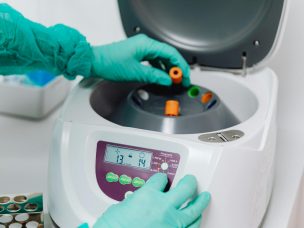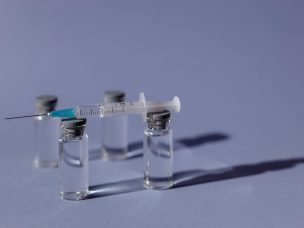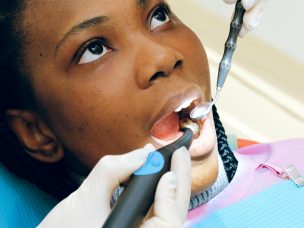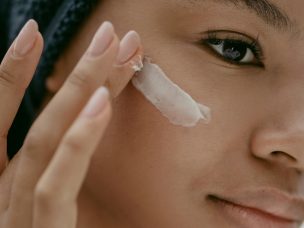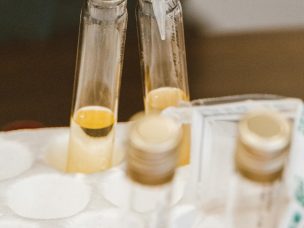TUESDAY, Nov. 10, 2020 (HealthDay News) — Support staff in health care settings have higher COVID-19 infection rates than physicians and nurses, according to a study published online Oct. 31 in Open Forum Infectious Diseases.
Emily S. Barrett, Ph.D., from Rutgers University in Piscataway, New Jersey, and colleagues screened 3,904 employees and clinicians at a major New Jersey hospital for severe acute respiratory syndrome coronavirus 2 positivity and serum immunoglobulin G (IgG) from April 28 to June 30, 2020.
The researchers report that 13 employees (0.3 percent) tested positive for the virus and 374 (9.6 percent) tested positive for IgG. The odds of positive testing for either virus or antibodies were higher for those with direct patient contact compared with participants with no patient care duties (adjusted odds ratios, 1.71 and 1.98 for below-median patient contact and above-median patient contact, respectively). Despite lower levels of direct patient care duties, positive test results were most common for phlebotomists (23.9 percent), maintenance/housekeeping (17.3 percent), dining/food services (16.9 percent), and interpersonal/support roles (13.7 percent). Doctors (7.2 percent) and nurses (9.1 percent) had lower positivity rates. Black and Latino workers had twofold increased odds of a positive test versus White workers, when adjusting for job role and patient care responsibilities.
“In the early phase of the pandemic, support staff in the hospital may also have had less access to personal protective equipment or less enforcement of safety protocols,” a coauthor said in a statement. “Going forward, as cases of COVID-19 in the hospital rise again, protecting these and all hospital workers from infection both in and out of the hospital is critical.”
One author disclosed financial ties to the pharmaceutical industry.

